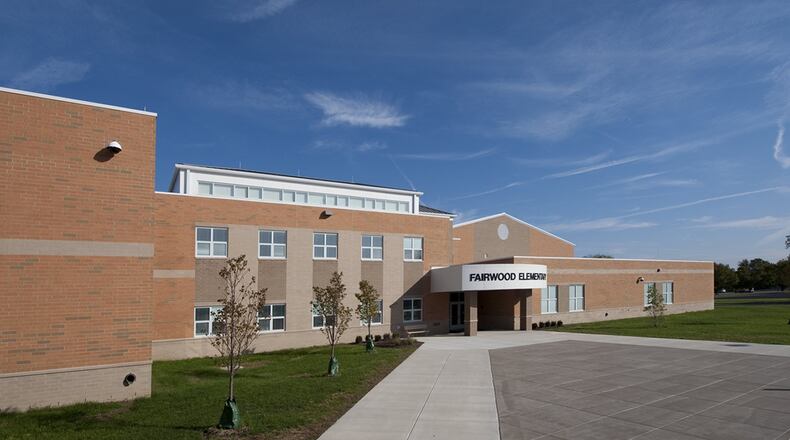Fairwood Elementary Principal Matthew Crapo said it’s working.
“The PBIS is a system put into place that delivers specific supports towards targeted behaviors. Adults and children thrive on consistency and structure; that really is what we are delivering through our positive behavior intervention supports. All students have been trained on expected behaviors in the various locations of the school such as the hallways, the restroom, and the cafeteria,” Crapo said.
“We get real-time data because our referral system is online. We track where the referrals are taking place, what time they are taking place, and who is not following expectations.
“Our system that we created at Fairwood notifies the staff including teachers, office, admin, kitchen, and the custodial team because every one of us have relationships with the students. We then have weekly conversations led by various pie charts and line graphs depicting the type of behaviors we experienced the previous week, the time they occurred, and the consequences that were issued.”
“Last year by the end of the second quarter there were 805 referrals written with 130 suspendable offenses. In comparison, this year in the same amount of time we have had 395 referrals with 77 suspendable offenses,” said Crapo.
Michael Wright, director of student services for Hamilton Schools, said the new discipline tracking system “is important in schools because it focuses on rewarding and recognizing positive behaviors.”
“The other aspect that’s important is we know many students will still exhibit unfavorable behaviors, so it institutes processes and procedures for intervening with those specific behaviors,” Wright siad.
“The really impactful piece is that not only did each building develop a plan, the eight elementary teams worked together to develop a district plan as well.
“We have a large number of students who are transient and move between buildings during the year, so this provides that consistency for them to know the expectations when they move from one building to the next. This year each of those teams have instituted their building plans and are constantly evaluating for modifications or changes to the plan.
“PBIS is fluid and requires constant evaluation of student and building needs. Parents are also engaged in the process through … multiple forms of communication.”
About the Author
